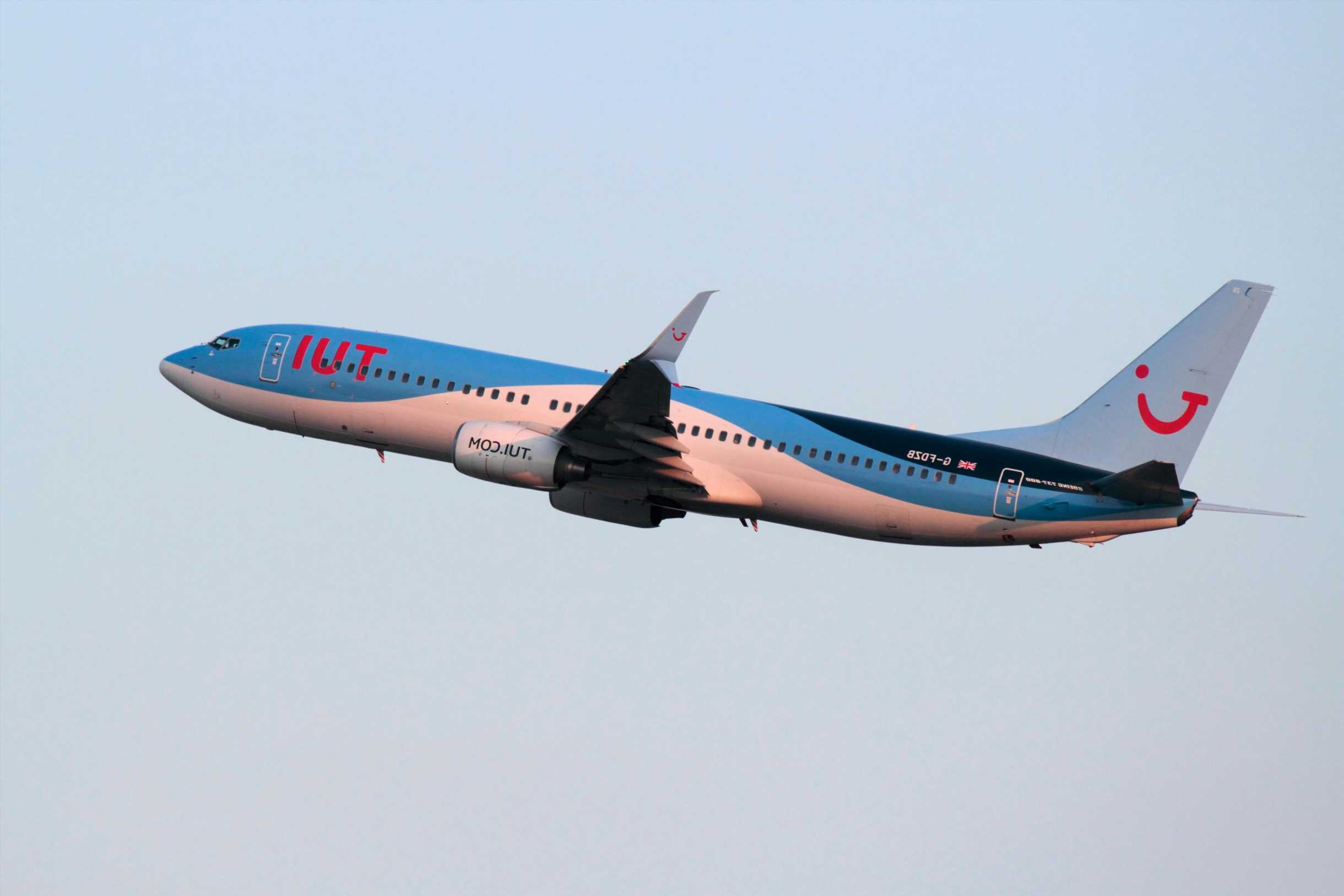Coronavirus: 'Wrong time to lift restrictions' says Greenhalgh
We use your sign-up to provide content in ways you’ve consented to and to improve our understanding of you. This may include adverts from us and 3rd parties based on our understanding. You can unsubscribe at any time. More info
The Met Office yesterday issued a “Yellow Warning” for ice and snow across northern Scotland, with expectations of a to a couple of inches of snow in areas of higher ground. This comes as the high-pressure system behind last week’s dry and mild weather moves out to the south, making way for the introduction of colder Arctic air from the north. And this cold front is expected to move southwards over the next couple of days — bringing with it a “wintry mix” of rain, sleet and snow across the country, with temperatures only returning to near-average over the weekend and early next week.
Met Office Chief Meteorologist Steve Willington said: “Cold and unsettled weather is taking charge over much of the UK this week, as cold air is drawn in from the north and brings with it the risk of rain, sleet and snow.
“Although there’s still some uncertainty on the exact positioning of snow showers, the trend is for a mix of sleet and snow to fall as a cold front moves from the north to the south from late on Tuesday through to Thursday morning.
“Some clear spells are still around later in the week, with the best of any sunshine likely to be in the south and west of the UK, albeit feeling cold compared to last week.”
Forecasts predict the temperatures may reach as low as 17.6F (-8C) in the north of Scotland on Thursday night — but below-freezing temperatures may be felt overnight across much of the UK throughout the week, the Met Office warned.


Many viral respiratory diseases — such as the common cold and influenza — show seasonal cycles, leading to speculation that COVID-19 may be similarly boosted over winter and during bouts of particularly cold weather.
Despite being the subject of many scientific studies, however, the exact association between lower temperatures and Covid case numbers remains somewhat fuzzy.
The problem, argues a recent meta-analysis of 158 research papers into this connection that were published early in the pandemic, is that many of these studies used over-simplified methods to look for a relationship between COVID-19 and weather conditions.
Paper author and meteorologist Professor David Schultz of the University of Manchester said: “What was most surprising to me was that over half of the studies we examined (80 out of 158) did not say that they accounted for the time lag between the weather on the day the people were infected and the day when their COVID-19 illness was reported.
“We know this could be as much as two weeks. Thus, we had to throw these studies out of further analysis because we couldn’t trust their results.”
Co-author and computer scientist Professor Ling Tan of the Nanjing University of Information Science and Technology said: “The public generally believes that there is a negative relationship between temperature and COVID-19, such as the higher the temperature, the slower the spread of the pandemic.
“However, previous studies did not consistently get this result. We found two reasons for this.”


The first issue with many works into the relationship between COVID-19 and weather conditions, Professor Tan added, was that “these studies use a simple analysis approach called linear regression, which would produce a straight line for all temperatures.
“But, the stability of the virus may be maximum at moderate temperatures, for example; very low and very high temperatures may make the virus inactive, for which linear regression would be an inappropriate analysis.”
“Second, the rapid outbreak of the COVID-19 pandemic in some countries in the early stages would overwhelm the more subtle weather effects.
“Thus, we recommend that future studies use nonlinear regression models to capture the association between weather and COVID-19.”
The team were able to extract one solid conclusion from the past studies, however — that higher levels of sunlight were associated with lower Covid transmission rates.
This, Professor Schultz said, “may be due to the benefits of ultraviolet radiation and vitamin D on reducing COVID-19 spread or because sunlight inactivates the virus”.
DON’T MISS:
Brexit fury! EU takes legal action on UK’s ‘discriminatory’ energy [REPORT]
WW2 mystery solved as vehicle rises from river after severe drought [ANALYSIS]
Morocco offers UK ‘abundant resources’ to slash Russian ties [INSIGHT]
More insights come from a study published in December last year by statistician Ran Xu of the University of Connecticut and his colleagues — which, addressing Professors Schultz and Tan’s concerns, did take into account the time lag between infection and a positive test.
In their study, Prof Xu and his team analysed data on Covid infection rates and such environmental variables as temperature, air pollution, precipitation, ozone, ultraviolet (UV) radiation levels and wind speed for 3,739 locations across the globe in the period from December 2019 to April 2020.
They found both a correlation between temperatures above 77F (25C) and lower rates of COVID-19 infection — and that people are at a higher risk of contracting SARS-CoV-2 both when temperatures are low and, surprisingly, when UV levels are very high.
It had been expected that high exposure would have the opposite effect — as UV stimulates vitamin D production and has a disinfecting effect — but this was only seen at moderate levels.
The team wrote that an “unexpected increase in the high ranges of ultraviolet could be due to a shift of social interactions into higher risk, indoor, settings when ultraviolet amounts are very high.”
According to the researchers, their findings also “suggest that many temperate zones with high population density could face larger risks in winter, whereas some warmer areas of the world might have slower transmission rates in general.”
Paper co-author and management scientist Professor Hazhir Rahmandad of the Massachusetts Institute of Technology added: “We don’t know the mechanisms [behind higher COVID-19 transmission rates], but the chances are that they are more behavioural than biological.
He concluded: “What drives people indoors increases transmission.”
This week’s chilly weather in the UK will likely drive people both to meet indoors and, for example, to eschew walking for increasingly busy forms of public transport — both of which will provide more opportunities for Covid transmission.
The full findings of that study were published in the journal The Lancet Planetary Health.

It comes as the Science and Technology Committee questions the Government’s Chief Scientific Adviser, Sir Patrick Vallance, on rising COVID-19 cases in the UK this morning.
Data from the Office for National Statistics shows that Covid cases have climbed by a million in a week in the UK.
Test results have shown that about one in every 16 people had the disease last week – with the BA.2 Omicron variant dominating cases.
Infections were up in England and Wales, and Scotland reached a new high. But in Northern Ireland, there was a decrease.
Source: Read Full Article


